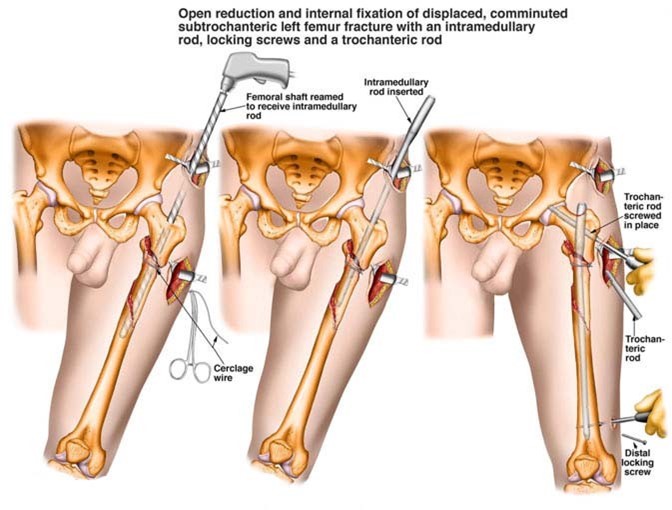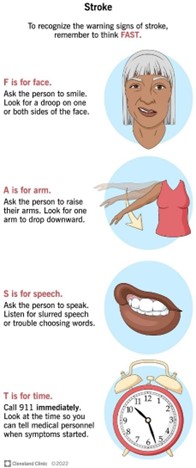A nurse is completing a neurovascular check for a client who had an open reduction internal fixation surgery. Which of the following findings should the nurse identify as possible manifestations of compartment syndrome? (Select all that apply)
Absence of pulse
Altered sensation of the toes
Cool skin
Pain relieved by narcotics
Capillary refill 1 second
Correct Answer : A,B,C
The nurse should identify the absence of pulse, altered sensation of the toes, and cool skin as possible manifestations of compartment syndrome. Compartment syndrome is a serious condition that can occur following surgery or injury. It is characterized by increased pressure within a muscle compartment that can lead to decreased blood flow and nerve damage.
Pain relieved by narcotics and capillary refill of 1 second are not manifestations of compartment syndrome. Pain relieved by narcotics is a normal response to pain medication. A capillary refill of 1 second is within the normal range and does not indicate compartment syndrome.

Nursing Test Bank
Naxlex Comprehensive Predictor Exams
Related Questions
Correct Answer is C
Explanation
The highest priority nursing intervention for a client who is unconscious following a stroke is to suction saliva from the client's mouth. This can help prevent aspiration and maintain a patent airway, which is essential for the client's survival.
Performing a passive range of motion on each extremity, recording the client's intake and output, and monitoring the client's electrolyte levels are also important nursing interventions for this client. However, these interventions are not as high of a priority as maintaining a patent airway.

Correct Answer is C
Explanation
The nurse should monitor the client for flank pain as an adverse effect of taking calcium carbonate. Calcium carbonate is a calcium supplement used to prevent or treat a calcium deficiency¹. One of the side effects of calcium carbonate is the formation of kidney stones, which can cause flank pain.
Urinary retention is not a common adverse effect of calcium carbonate.
Tinnitus is not a common adverse effect of calcium carbonate.
Bradycardia is not a common adverse effect of calcium carbonate.
Whether you are a student looking to ace your exams or a practicing nurse seeking to enhance your expertise , our nursing education contents will empower you with the confidence and competence to make a difference in the lives of patients and become a respected leader in the healthcare field.
Visit Naxlex, invest in your future and unlock endless possibilities with our unparalleled nursing education contents today
Report Wrong Answer on the Current Question
Do you disagree with the answer? If yes, what is your expected answer? Explain.
Kindly be descriptive with the issue you are facing.
